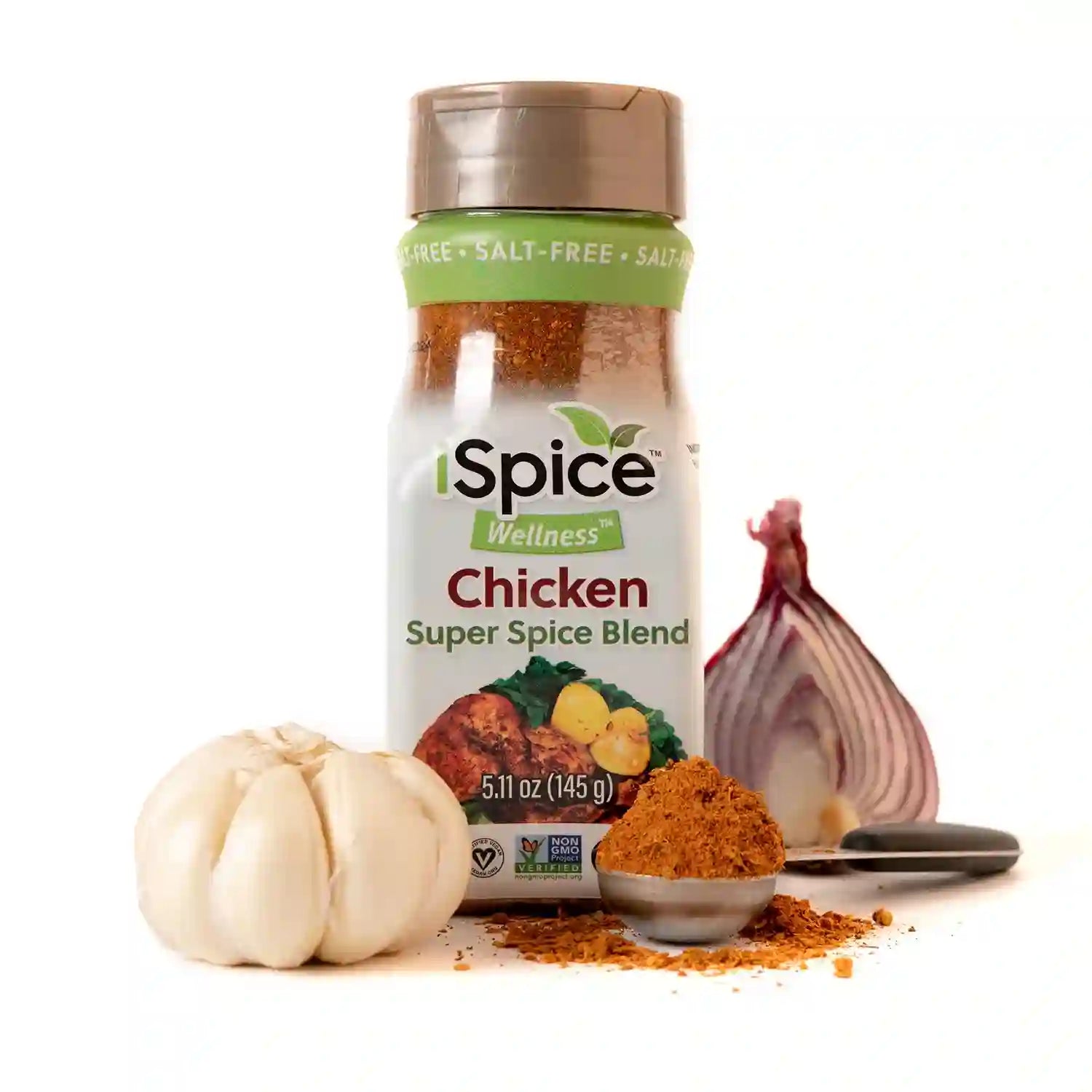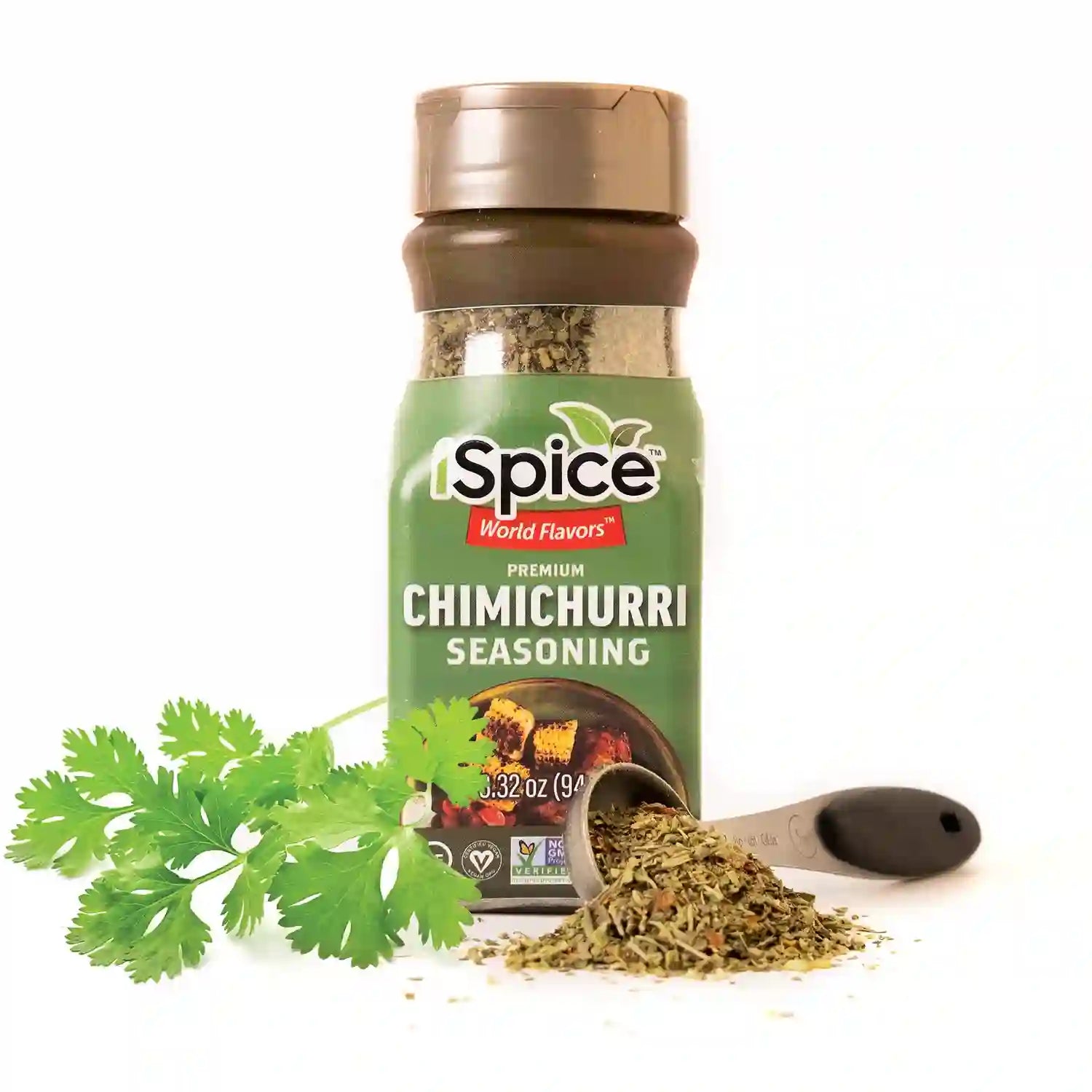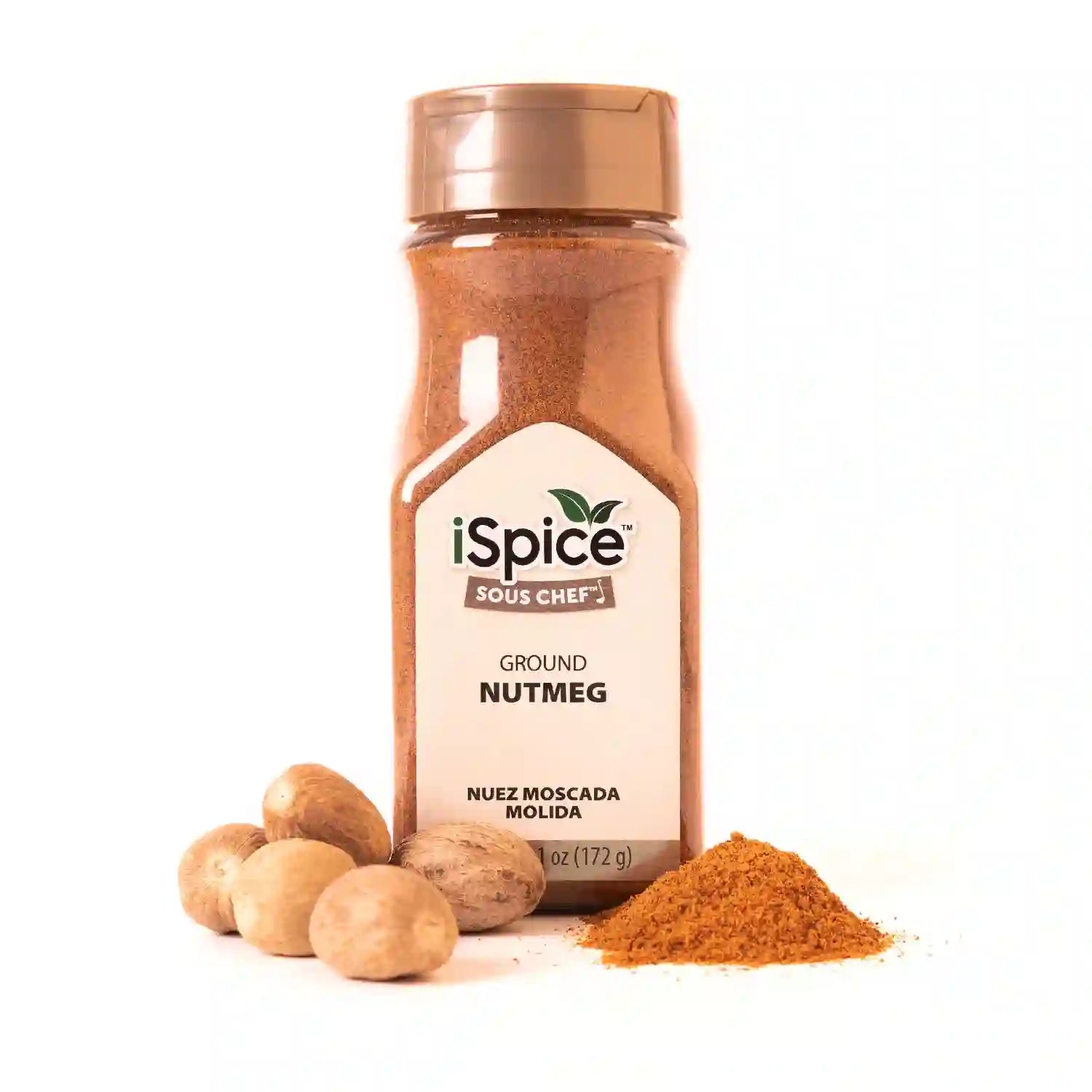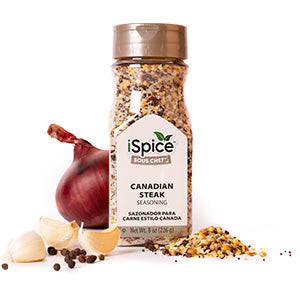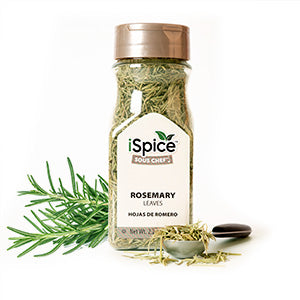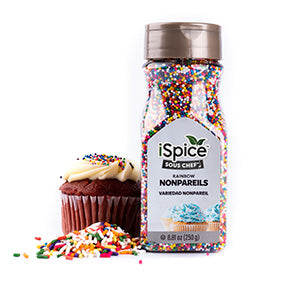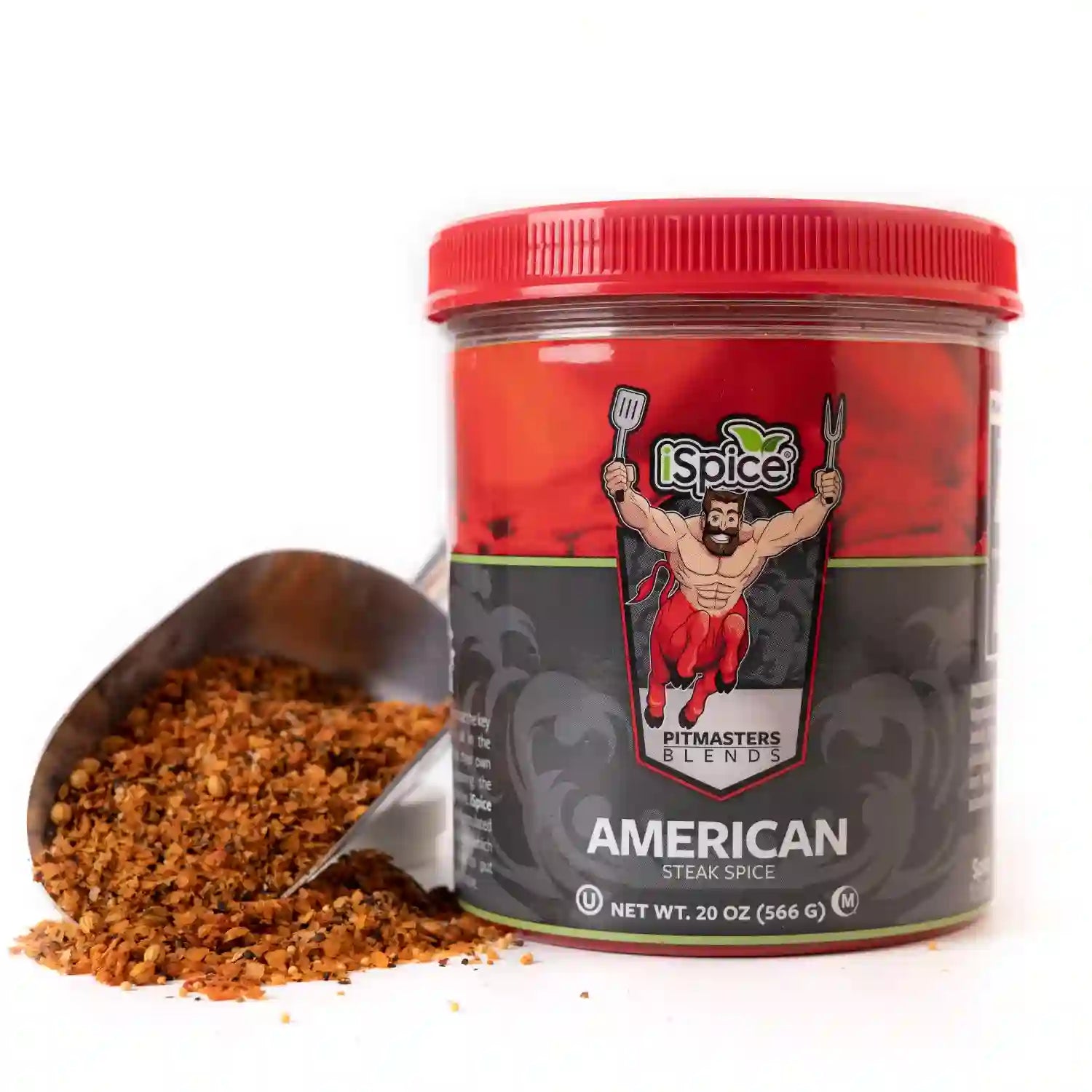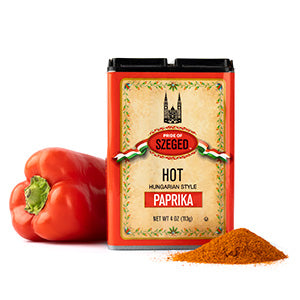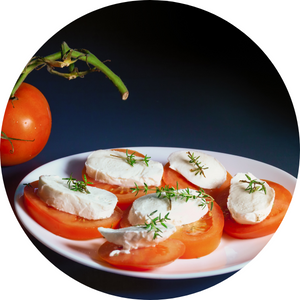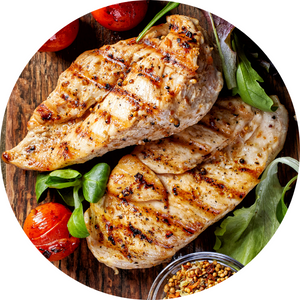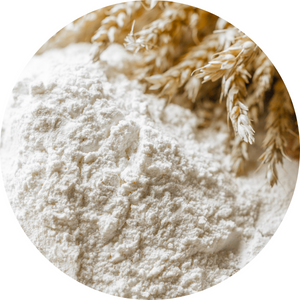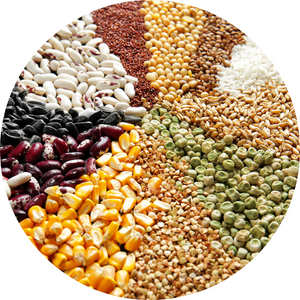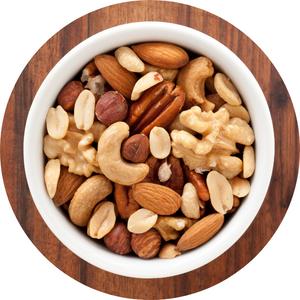
Introduction
Welcome to the fiery world of Carolina Reaper. In this comprehensive guide, we'll delve into everything you need to know about this exceptionally hot chili pepper. From its origins and flavor profile to culinary applications and handling precautions, prepare to explore the intense allure of Carolina Reaper.
Origins and Background
Carolina Reaper, scientifically known as Capsicum chinense, gained fame in 2013 when it was officially recognized as the world's hottest chili pepper by the Guinness World Records. Developed by Ed Currie of the PuckerButt Pepper Company in South Carolina, this fiery cultivar boasts an average heat level of over 1.6 million Scoville Heat Units (SHU), making it a favorite among heat-seeking chili enthusiasts worldwide.
Flavor Profile and Heat Level
Despite its intense heat, Carolina Reaper offers more than just fiery intensity. It features a complex flavor profile characterized by fruity undertones, with hints of sweetness that balance out its blistering heat. When consumed, expect an initial burst of heat followed by lingering notes of citrus and floral essence, providing a sensory experience like no other.
Culinary Uses
While Carolina Reaper's extreme heat may seem daunting to some, it can add depth and excitement to a variety of dishes when used sparingly. From spicy salsas and hot sauces to marinades and rubs, this potent pepper can elevate your culinary creations to new heights. Just a small amount of Carolina Reaper can pack a powerful punch, so use it judiciously to avoid overwhelming your taste buds.
Selecting and Handling
When selecting Carolina Reaper peppers, look for firm, plump fruits with vibrant red coloration and a healthy green stem. Avoid peppers that appear wilted or shriveled, as they may have lost their freshness and potency. When handling Carolina Reaper peppers, it's crucial to wear gloves to protect your skin from the capsaicin oils, which can cause irritation and discomfort. Additionally, avoid touching your face or eyes after handling peppers, as this can lead to irritation.
Storage Tips
To prolong the shelf life of Carolina Reaper peppers, store them in a cool, dry place away from direct sunlight. Alternatively, you can freeze whole peppers or chopped pieces for long-term storage. When using frozen peppers, allow them to thaw slightly before incorporating them into your recipes for optimal flavor and texture.
Incorporating Carolina Reaper in Recipes
While Carolina Reaper's extreme heat may not be suitable for everyone, adventurous cooks can experiment with incorporating it into a variety of dishes. Here are some creative ways to use Carolina Reaper peppers in your culinary creations:
Fiery Hot Sauces
Create your signature hot sauce by blending Carolina Reaper peppers with vinegar, garlic, and spices. Adjust the heat level to your preference by adding more or fewer peppers, and enjoy the fiery kick of homemade hot sauce on your favorite dishes.
Spicy Rubs and Marinades
Infuse meats and vegetables with intense flavor by incorporating Carolina Reaper peppers into dry rubs and marinades. Combine finely chopped peppers with herbs, spices, and oil, then coat your protein of choice before grilling or roasting for a mouthwatering culinary experience.
Flavorful Chili and Stews
Add depth and heat to hearty soups, chili, and stews by incorporating Carolina Reaper peppers into the cooking process. Whether you're simmering a pot of chili con carne or preparing a spicy vegetable stew, a touch of Carolina Reaper can take your dish from ordinary to extraordinary.
FAQs (Frequently Asked Questions)
-
How hot is Carolina Reaper compared to other chili peppers? Carolina Reaper is currently the hottest chili pepper in the world, surpassing other varieties such as Ghost Pepper and Trinidad Scorpion.
-
Can Carolina Reaper be used in non-spicy dishes? While Carolina Reaper is known for its extreme heat, it can be used sparingly in non-spicy dishes to add a subtle kick of flavor without overwhelming the palate.
-
Are there any safety precautions when handling Carolina Reaper? Yes, it's essential to wear gloves when handling Carolina Reaper peppers to protect your skin from the potent capsaicin oils. Avoid touching your face or eyes after handling peppers, as this can cause irritation.
-
Can I reduce the heat of Carolina Reaper in a dish? Yes, you can temper the heat of Carolina Reaper peppers by removing the seeds and membranes, which contain the majority of the capsaicin oils. Alternatively, you can blend the peppers with milder ingredients to dilute their intensity.
-
What is the best way to store Carolina Reaper peppers? Carolina Reaper peppers should be stored in a cool, dry place away from direct sunlight. You can also freeze whole peppers or chopped pieces for long-term storage, ensuring they maintain their freshness and potency.
-
Are there any health benefits associated with consuming Carolina Reaper? We are not discussing health benefits in this article.
Conclusion
In conclusion, Carolina Reaper is not just a chili pepper; it's a culinary experience unlike any other. With its intense heat and complex flavor profile, Carolina Reaper adds depth and excitement to a variety of dishes, from salsas and sauces to chili and stews. Embrace the fiery allure of Carolina Reaper and embark on a culinary adventure that's sure to ignite your taste buds.
Alert: While spices can have many beneficial properties for health, using them for medical purposes should be done under the guidance and supervision of a healthcare professional or specialist. Some spices may interact with medications or cause adverse reactions in certain individuals, and it is important to use them safely and appropriately. If you are considering using spices for a medical condition, it is important to consult with a healthcare professional before doing so.

